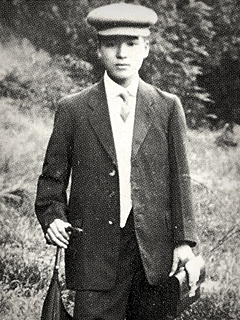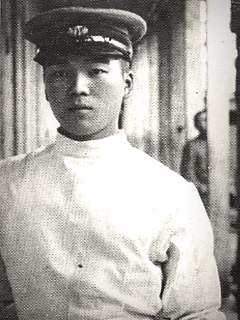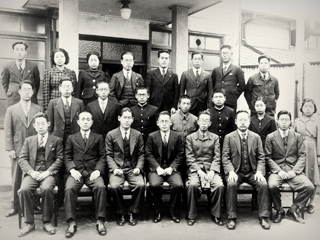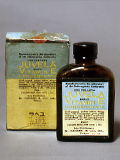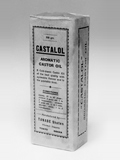On August 15, 1889, in the village of Ito in a mountain gorge in Nyu, Fukui in central Japan, Kikuji Naito and his wife Fuji welcomed their sixth child and third son into the family. The child is Toyoji Naito—a boy who would one day found the Eisai Group. At age 15, Toyoji moved west to Osaka, where his career first began. His first job, however, was a far cry from the pharmaceutical industry—an apprenticeship at a mother-of-pearl button factory.
As an apprentice, Toyoji's work at the factory was mainly to sweep floors and run errands. After one year, Toyoji found a new position at a German-owned trading company called Winkel Shokai in the nearby port city of Kobe, Hyogo, where he utilized the English he had learned from his brother-in-law to handle tasks related to the company's export business. In 1909, Toyoji was drafted into the military and resigned from Winkel Shokai to join the Japanese Imperial Guard, where he served for two years. There he was assigned as a medic, a stroke of luck that provided Toyoji his first ever experience in working with medicines.








